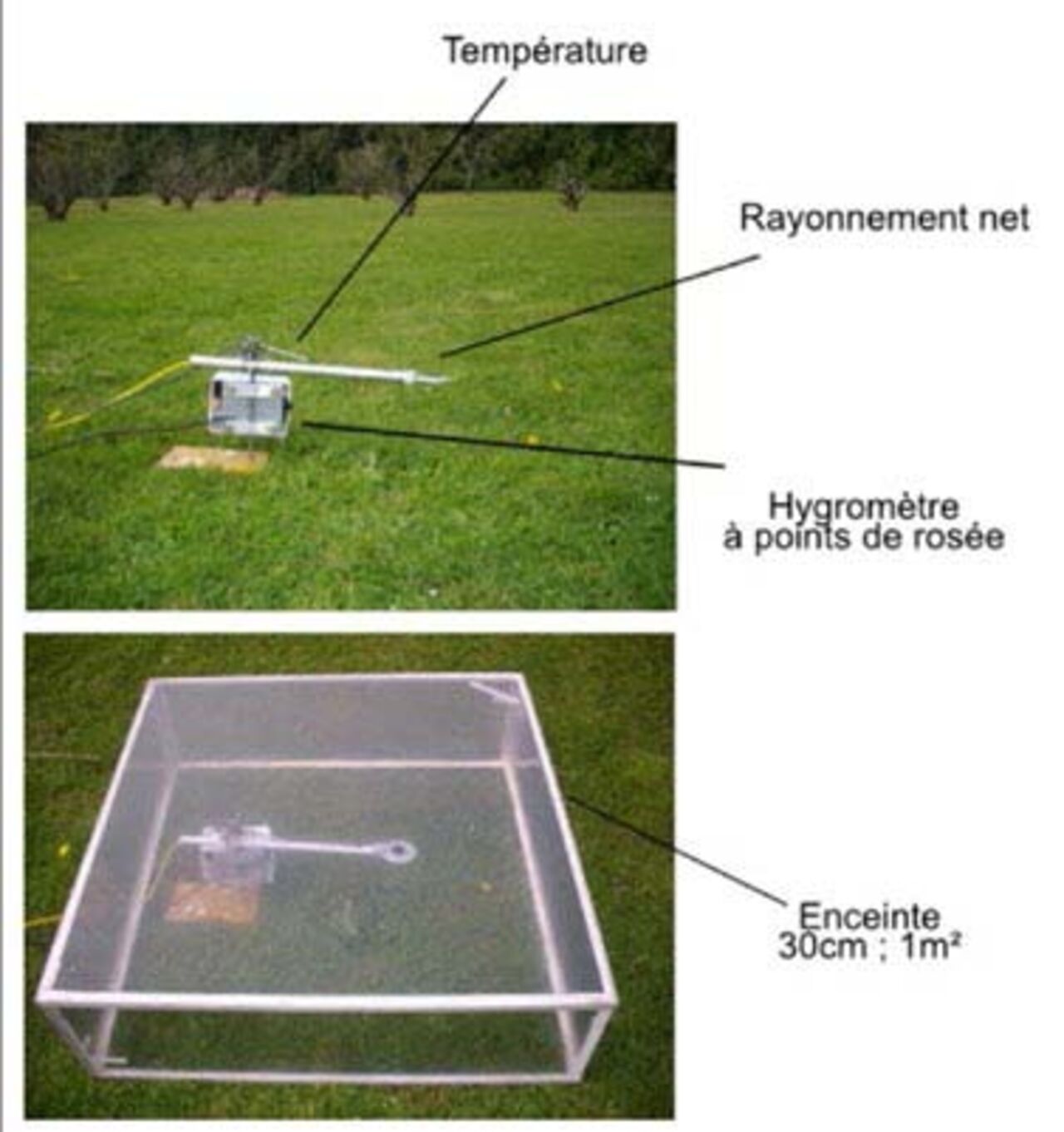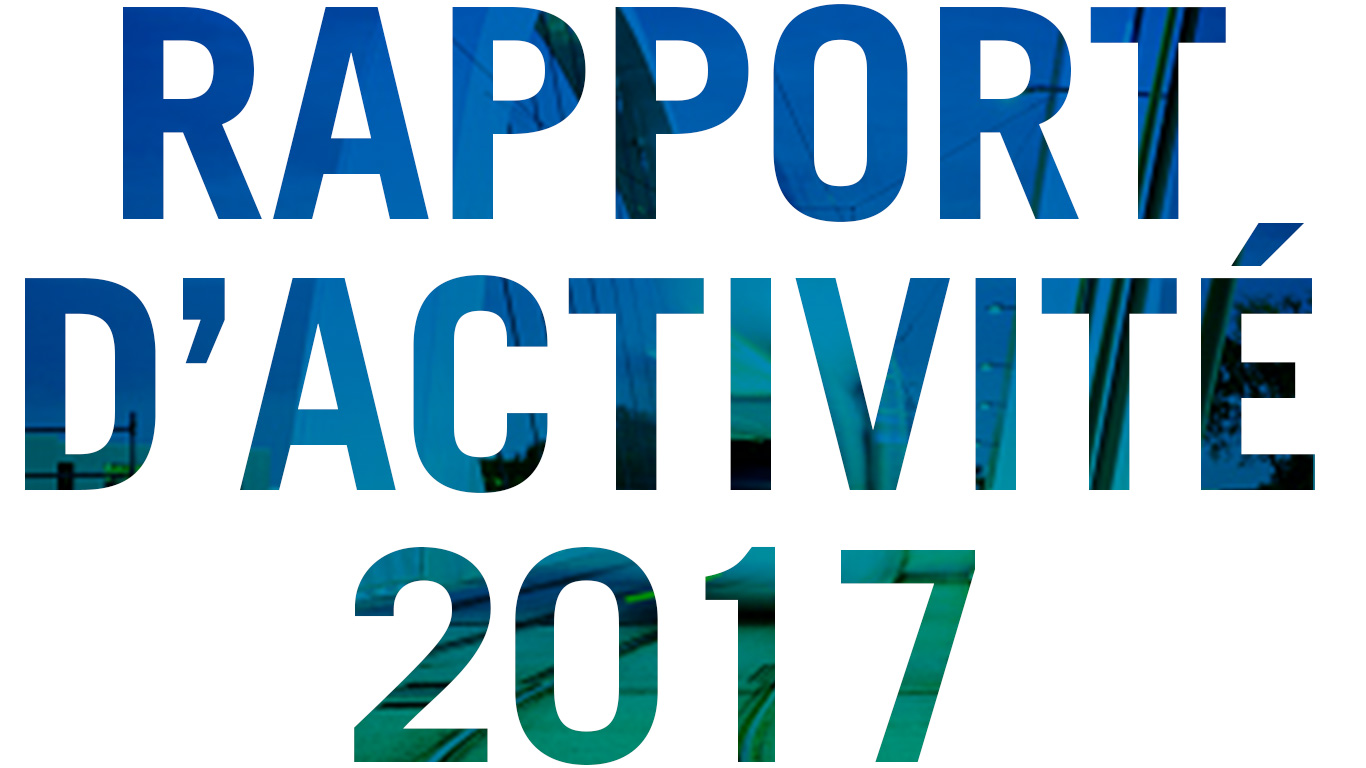Foreseeing natural and climate risks
In 2017, IFSTTAR's output for this goal was particularly extensive on the themes of land movements and the climate in urban areas.
Land movements pose a significant threat to the population and infrastructure. The topics presented below relate to collapses of underground cavities, settlement during the excavation of urban tunnels, rockfalls and earthquakes.
Discrete numerical analysis of the risk of subsidence and swelling associated with underground cavities
Doctoral thesis by Y. Ikezouhene (GERS-SRO) conducted in partnership with INERIS.
Over time, underground cavities undergo ageing and several types of damage may occur. Pre-existing underground operations, sometimes made up of one or more levels, were probably not designed with long-term stability in mind. The mechanisms involved can cause two types of surface problems: subsidence or roof collapse. These can cause serious damage to structures and infrastructure on the surface but also jeopardize the population's safety. Yaghkob Ikezouhene's thesis aimed to study the swelling of rock and model the propagation of roof collapse in the overburden in order to rank the parameters linked with this phenomenon. Numerical modelling using the discrete element method (DEM) was used to analyse the instability of underground quarry roofs. A Rock Mass Discretization Program (RMDP), which is the preprocessing module of the STTAR3D software, and a code to calculate the expansion coefficient of the debris from the collapse have also been developed. Validation on a real case - La Brasserie quarry - was performed.
The FUI Newtun: a method for forecasting the settlement caused by the excavation of urban tunnels and the influence of presupport
E. Bourgeois (COSYS-LISIS) in collaboration with Solétanche-Bachy
The conventional method of tunnel boring - i.e. without using a tunnel boring machine - is versatile, flexible and well suited for dealing with short distances or exceptional situations. Tunnelling with tunnel boring machines and the settlements it causes are still the subject of some uncertainty. These topics were addressed by the FUI Newtun project.
Managed by Solétanche Bachy (2012-2017), the aim of this project was to improve tunnelling methods and the techniques used to reinforce the neighbouring soil. In addition, settlement monitoring and inspection systems were revamped in order to develop methods for verifying the design as the works progress.
The soil reinforcement methods which proved to have good potential included "bolting" and the installation of an "umbrella vault" consisting of tubes positioned above the keystone.
Together with the project partners, IFSTTAR has added two new features to the CESAR professional software package : a new behaviour law for the computation of settlement, developed by N. Gilleron (as part of a CIFRE thesis with Egis) and new ground-bolt interaction models, developed by the Centre de Géosciences at the Fontainebleau École des Mines.
In addition, Itech, the distributor of CESAR-LCPC, has developed a professional software package known as C-Newtun. This automates data preparation, execution of the calculations and exploitation of the results with a specific application to settlement problems. A second thesis (C. Klotoé) performed complete three-dimensional modelling of tunnel excavation with the "bolts" and "umbrella vault" while complying with the real geometry of the support. This work also proposed an original model of the settlement compensation process based on "cuffs" placed around the tubes of the umbrella vault. The results were used to validate the modelling decisions made for the C-Newtun software.
“Characterisation and design of rock structures” (CADOROC)
A CEREMA – IFSTTAR (GERS-SRO) joint research project, which is linked to the national C2ROP project (Rockfalls, Rock Risks and Protection Structures) in which EDF is a partner.
The CADOROC research operation, which lasted four years, aimed to better characterise rock masses and to optimise the design of rock structures (by providing rock shed protection systems) in order to assess their durability. The results of this project made a contribution to the C2ROP National Project launched one year later. This operation, which was divided into four parts, took account of: the characterisation of changes in rock masses and rock hazards; the characterisation of the weathering of the interfaces between rock and structures; the design and modelling of rock structures; and finally, the evaluation of the durability of rock shed protection systems. The results led to the drafting of a technical guide on the design of rock anchorages.
Five doctoral theses shed light on a number of points such as:
- the analysis of thermal variations on rock instabilities;
- the behaviour of the passive anchorages secured to the rock whose heads are subjected to tensile and shear stresses;
- modelling of netting screens;
- the behaviour of sands under low speed impact loading - with application to the design of soil layers protecting structures from rock impacts;
- characterisation of the strength and shear behaviour of the interfaces between concrete and bedrock in hydraulic structures.
A seminar to present the results was held on 10 October 2017 in Aix-en-Provence.
In France, as elsewhere in the world, seismic risk is a major concern that requires us to acquire greater knowledge about the phenomena, how to predict them and how to better withstand their destructive impacts. The project with the University of Rio de Janiero and Petrobras studied slope stability. Y. Abboud's PhD focussed on the contribution of a 3D macro-element in the CESAR software to model the seismic behaviour of shallow foundations.
Seismic stresses pose a significant risk to the stability of offshore installations with potentially dramatic environmental and economic consequences. In 2015, the “Earthquakes and Vibrations laboratory”, the Federal University of Rio de Janeiro and the oil company Petrobras signed a research partnership agreement to study the seismic stability of offshore slopes on the Brazilian coast. The aim of the project was to evaluate the amplification of the seismic signal in clay masses taking the form of slopes with different gradients. An experimental programme was set up to study different slope geometries, with a low gradient or in the shape of a canyon. The project was completed in 2017.

Development of a 3D macro-element for analysing the seismic behaviour of shallow foundations
Thesis by Youssef Abboud (GERS-SV) completed in the framework of a research contract between IFSTTAR and EDF-CEIDRE
This thesis involved developing alternative methods for the justification of seismically loaded shallow foundations as part of France's new seismic zoning system that came into force in 2011 in the aftermath of the Fukushima disaster. A model based on the macro-element concept was developed to study the soil-structure interaction (SSI) taking into account the various non-linearities. Its formulation is based on the theory of elastoplasticity and refers to the applicable standards (Eurocodes 7 and 8). The various plastic mechanisms (punching, overturning and sliding) are combined within the framework of multi-mechanism theory and their parameters are defined from tests, in the laboratory or in situ, or from numerical simulations under static conditions. The computation costs are reduced because the non-linearities related to the soil-structure interaction are concentrated at specific points in the computation model. The advantage of the macro-element lies in the fact that it is formulated in terms of stresses and strains. This facilitates its use for the justification of foundations (bearing capacity, sliding, debonding, settlement, displacement, distortion and rotation). Implemented in the CESAR LCPC finite element code, the macro-element is able to simulate the static and seismic behaviour of a shallow foundation. Thus, it makes it possible to carry out parametric studies of the seismic response of structures and to analyse the static and seismic behaviour of real structures. Parametric studies, carried out on a structure using a large number of real seismic signals, have highlighted the practical capabilities of the macroelement.
HyClAU: learning from hydrological and climatic processes to improve urban planning
An IFSTTAR-CEREMA research partnership
Led by K. Chancibault (IFSTTAR) and J. Bouyer (CEREMA), the HyClAU research partnership has provided us with a better understanding of the hydrological and climatic issues facing urban areas in order to help them better adapt to global climatic and demographic changes. Launched in 2014, it achieved three objectives:
Measurement techniques and data were used to better describe how urban areas affect their environment: data analysis was carried out to link the level of vegetation with latent heat flux (evapotranspiration); a local evapotranspiration measurement method was improved; urban indicators based on very high resolution satellite data (70 cm) were defined; and lastly, temperature differences according to the classification of neighbourhoods were calculated using mobile measurements.
Developments have allowed us to improve the way hydric and climatic processes are represented in models in order to make better use of nature-based solutions: improvement of soil-network flow processes in a hydro-energetic model; development of automatic reconstruction of sanitation networks with a small amount of urban data; better representations of green roofs, valleys and street trees in models.
Climate projections (DRIAS) were studied and analysed and specific indicators were developed to raise awareness of heatwave risk.
The main findings of the project were presented at a special event held in Nantes on 29 November 2017.

evapotranspiration on green roofs.


![[Translate to Anglais:] Carrière de la Brasserie [Translate to Anglais:] Carrière de la Brasserie_img](/fileadmin/_processed_/5/e/csm_Carria__re_de_la_Brasserie_b5802bc285.png)